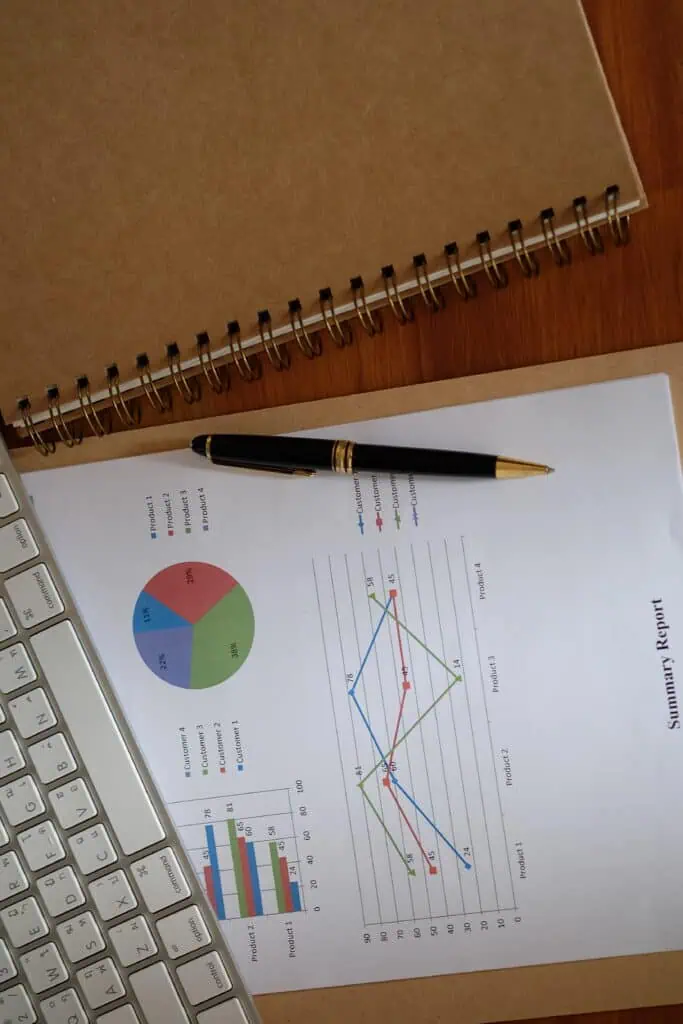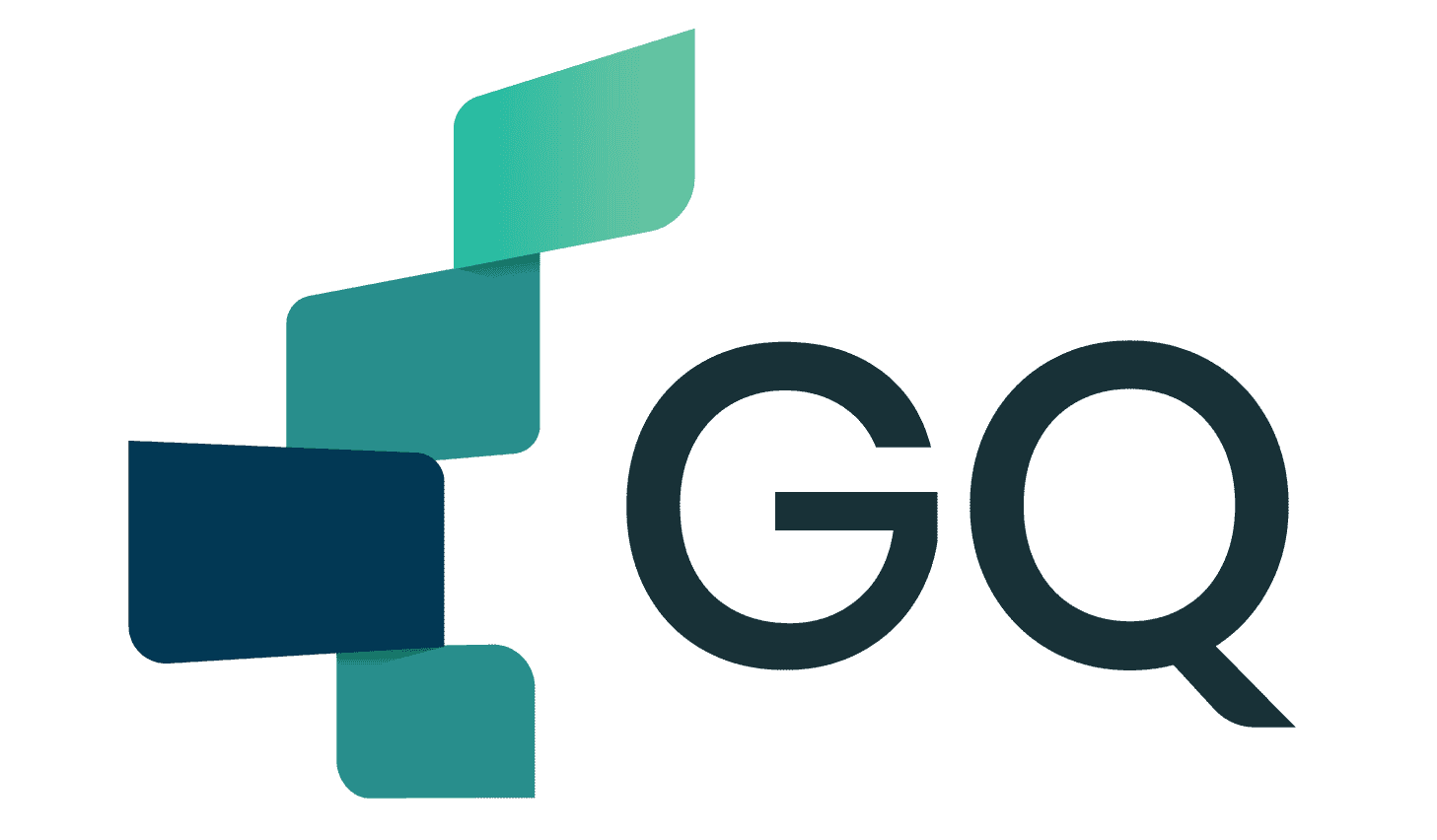
- Why Is It Important?
- When to Use It?
- How to Use It?
- Best Practices
What Is Block Diagram?
Block diagram is composition of different shapes and lines showing how the components of a program, process, or system are related to, and depend upon, to each other. It also can be used to show how the system operates, what are the inputs and outputs at various stages, and how the energy, information, and/or materials flow through it.
Why Is It Important?
The block diagram is important for identification of all elements during the initial stage of a process. This helps to ensure that the team contains all the people necessary to continue with the task. In many cases when detailed drawings and/or hardware are not available, the block diagram serves to visualize the system and identify its interdependencies.
When to Use It?
Block Diagrams is best to use to:
- Set up the boundaries of a system under consideration
- Indicate the elements contained within the scope of a task – this helps to develop P diagram, Flow Chart, FMEA and other documents
- Identify the inputs and outputs for components within a system
- Identify the relationships between systems and components
- Identify redundancies in systems
- Establish critical paths through systems.
Download our e-book
Download our free e-book to discover how GQ Interim can transform your business with expert leadership solutions!
How to Use It?
- Construct the initial diagram using pencil and paper then transfer to the computer.
- Space blocks far apart, leave enough space to add more blocks when needed.
- Start at the input to the system and trace the its path.
Best Practices
- First is good to identify the system and to define the components, inputs and outputs.
- Secondly, create and label the diagram. For each component of the system add a symbol. All of them connect with arrows to show the flow line. Put a label for each block for better and easy identification.
- Thirdly, indicate input and output by labelling. Input that activates a block and output that closes the block.
- Lastly, verify the accuracy by consulting with all stakeholders.
Applications of Block Diagrams Across Industries
Block diagrams are not limited to engineering or system design—they are widely used across multiple industries to simplify complex processes and support decision-making.
- In manufacturing, block diagrams help visualize production workflows, machine inputs and outputs, and the flow of materials across stages. They can be essential in identifying process bottlenecks or redundant steps before production even begins.
- In IT and software development, block diagrams are used to represent data flow, software architecture, or user interaction within a digital system. They support clearer communication between developers, analysts, and stakeholders.
- In quality management, block diagrams provide the foundation for building other critical tools like process flow diagrams, P-diagrams, and FMEA. They allow teams to establish system boundaries and interrelations before risk analysis or optimization work begins.
- In education and training, they serve as simplified teaching aids to explain technical concepts or process flows to non-experts, helping bridge knowledge gaps across departments.
The versatility of block diagrams makes them a go-to method for aligning teams, improving documentation, and ensuring consistent understanding of how systems function—regardless of the field.
Conclusion
The block diagram is a foundational tool for systems thinking, offering clarity in both technical and collaborative environments. By mapping the components and their relationships, it enables teams to visualize interdependencies, identify redundancies, and trace critical paths through a process. Its simplicity makes it accessible, while its structure makes it powerful—especially during early design, troubleshooting, or cross-functional planning. When used correctly, block diagrams help ensure that everyone shares the same understanding of how a system works and where improvements can be made.
Interested in Interim Expert?
Discover how interim management can dramatically increase the efficiency of your business. Get in touch with our team to learn how working with GQ Interim will improve your company.
- Get started within few days
- Database of 10 000+ consultants
- Solving crucial problems of your business
- Custom solutions for your business needs
- Proven results with measurable impact
Related articles

- A balanced scorecard example demonstrates how organizations can measure more than just financial performance. Developed by Robert Kaplan and David Norton, the balanced scorecard tracks goals across finance, customers, internal processes, and learning & growth. By aligning these perspectives, it ensures that daily operations support long-term strategy and sustainable growth.

- The Theory of Constraints (TOC) is a structured approach to improving organizational performance by focusing on the single most limiting factor—the constraint. Whether it’s a production bottleneck, market demand, or a sales conversion gap, TOC answers three core questions—what to change, to what to change, and how to cause the change—and drives continuous improvement through five disciplined steps: identify, exploit, subordinate, elevate, and repeat.

- Software quality assurance ensures that software consistently meets stakeholder needs by preventing defects and validating that products align with defined quality attributes (e.g., reliability, security, performance). Blending defect management practices with standards-based quality models like ISO/IEC 25010 helps teams plan, measure, and continuously improve quality throughout the lifecycle.

- During our jobs we meet very often with many symbols and shortcuts or abbreviations e.g. FMEA, PPAP, CC, SC etc. When I did my first internal audit at work I had to also check the implementation of CE marking. Previously I have done the research what is this CE marking to not be absolutely lost in this area. So what is it and how is itused?
